On 26 January 1950, the day India’s constitution came into force, the Supreme Court of India was formed in Delhi. Since then Judiciary is playing the role cast upon it by the Constitution of India. Indian Judiciary has always been there to give the society a developed and new perspective through its pronouncements. But since the last few decades, the performance of the Indian Judiciary has come under the scrutiny of the people and hence the judges too. People are aware of what a particular pronouncement speaks of and what a judge wants to convey through his judgment. At the same time the social, political views, personal and social life, ideology, economic understanding, relationship with the Government agencies of a particular judge is also discussed in the society to understand his performance and this is equally applicable to the Chief Justice Of India.
Chief Justice of India is the head of this Judiciary in the country. The Constitution of India includes no details about how the Chief Justice of India is to be appointed. Article 124(1) says that there “Shall be a Supreme Court of India consisting of a Chief Justice of India”, but is silent on the criteria or procedure for appointing a CJI. In the absence of any Constitutional provision or statute, we have to look to convention and custom to determine who will be the next CJI. The ‘convention in place’ is a relatively straightforward one — when the current/incumbent CJI retires the senior-most judge of the apex court among those remaining becomes the CJI. This convention on the appointment of the CJI comes from historical practice and has been affirmed by the Supreme Court in the Second Judges Case in 1993, in which it was held by the majority that:
Appointment to the office of the Chief Justice of India should be of the senior-most Judge of the Supreme Court considered fit to hold the office.
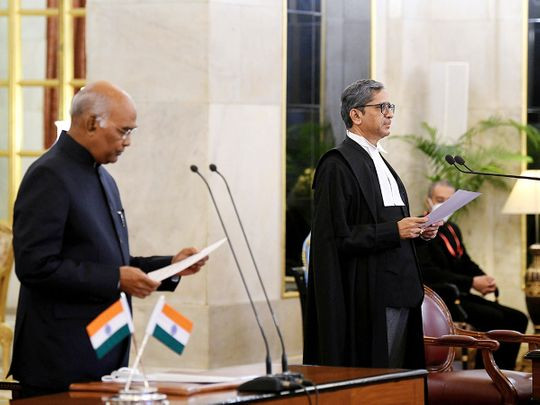 Coming to the point of appointment, Justice NV Ramana took oath on Saturday that is 24 th April 2021 as the 48th Chief Justice of India. The President of India Ram Nath Kovind administered the oath to Justice Ramana.
Coming to the point of appointment, Justice NV Ramana took oath on Saturday that is 24 th April 2021 as the 48th Chief Justice of India. The President of India Ram Nath Kovind administered the oath to Justice Ramana.
The retiring Chief Justice of India SA Bobde had recommended senior-most judge Justice N V Ramana as his successor and the 48th Chief Justice of India in keeping with convention and norms of seniority. CJI Bobde retired on April 23.
"In exercise of the powers conferred by clause (2) of Article 124 of the Constitution of India, the President is pleased to appoint Shri Justice Nuthalapati Venkata Ramana, Judge of the Supreme Court, to be the Chief Justice of India with effect from 24th April 2021,"
This was the notification by which our Hon'ble President Ram Nath Kovind appointed N V Ramana as the next Chief Justice of India. He will enjoy the longest term in about a decade term which is till August 26, 2022.
If we look at his journey, Justice Nuthalapati Venkata Ramana was born in an agrarian family on August 27, 1957, in Ponnavaram village of the State of Andhra Pradesh. Ramana was a student leader during the nationwide Emergency in 1975. He lost an academic year too during his days as a student activist. Justice Ramana worked as a journalist for a regional newspaper for two years before enrolling as an advocate on February 10, 1983.
As a lawyer, he practised in the High Court of Andhra Pradesh, Central and Andhra Pradesh Administrative Tribunals and the Supreme Court of India in civil, criminal, constitutional, labour, service, and election matters. Justice Ramana has also functioned as Additional Standing Counsel for the central government and Standing Counsel for Railways in the Central Administrative Tribunal (CAT) at Hyderabad, besides serving as Additional Advocate General of Andhra Pradesh. On June 27, 2000, he was appointed as a Permanent Judge of the Andhra Pradesh High Court and functioned as acting Chief Justice of the Andhra Pradesh High Court from March 10, 2013, to May 20, 2013. Justice Ramana was elevated as the Chief Justice of the Delhi High Court on September 2, 2013, and then as a Judge in the Supreme Court on February 17, 2014.
As a Supreme Court Judge Justice N V Ramana has been part of several landmark Judgments which has made a long-lasting social and political impact and some of them are:
A Supreme Court bench comprising of Justices NV Ramana and Surya Kant in January this year said the value of a woman’s work at home was no less than that of her office-going husband. Justice Ramana expanded the idea first espoused by the Supreme Court in the Lata Wadhwa case in 2001 when it had dealt with the issue of compensation for victims of a fire during a function and had ruled that it should be granted to housewives based on services rendered by them in the house.
Anuradha Bhasin v. Union of India, 2020:
A Three judge bench of NV Ramana, R Subhash Reddy and BR Gavai, asked the Jammu & Kashmir administration to review all orders imposing curbs on telecom and internet services in the state in a week and put them in the public domain and ruled that access to the internet is a Fundamental Right.
Nabam Rebia, and Bamang Felix v. Deputy Speaker, 2016:
A Five judge constitutional bench of Jagdish Singh Khehar, Dipak Misra, Madan B. Lokur, Pinaki Chandra Ghose and N.V.Ramana quashed the order of the Governor, preponing the 6th session of the Arunachal Pradesh Legislative Assembly by a month without consulting the Chief Minister, Council of Ministers or the Speaker, on account of being violative of Article 163 read with Article 174 of the Constitution of India.
In another Judgment, a Five Judge Bench of the Supreme Court headed by justice Ramana, dismissed a curative petition filed by Pawan Kumar Gupta who was sentenced to death in the 2012 Nirbhaya Gang Rape and Murder case, thus paving way for his execution. Four Nirbhaya case convicts including Pawan Gupta were hanged to death in Tihar Jail on March 20, 2020.
In 2016 in a matter before Five Judges Bench Justice Ramana passed an order of restoration of Congress Government in AP saying that the " clock should be turned back" as it quashed all the decision of the Governor that precipitated its fall in January, holding them violative of the Constitution of India.
In November 2019 a bench led by Justice Ramana had ordered a flour test for the then Maharashtra Chief Minister Devendra Fadanvis to prove his majority in the house saying that there is a possibility of horse-trading in case of delay.
When you are given big responsibilities you are more prone to criticism and allegations. Whether they are true or not becomes part of the investigation. Justice Ramana has also faced such allegations.
 On October 6, Andhra Pradesh Chief Minister YS Jagan Mohan Reddy sent a letter to Chief Justice of India S A Bobde in which he made sensational allegations about Justice NV Ramana. The core of Reddy’s allegation was that Justice Ramana had been influencing the proceedings of the Andhra Pradesh High Court in favour of former chief minister and Telugu Desam Party chief N Chandrababu Naidu. The letter alleged interference with the roster of judges in the High Court and claimed that cases relating to Naidu and his party members ended up with selected judges which invariably resulted in orders against the interests of the government. The letter had also mentioned a criminal case the Andhra Pradesh government had registered over a land deal in Amaravati in September, in which two daughters of Justice Ramana, former advocate general of the state D Srinivas and several others were accused. It was alleged that there was insider trading in the land purchases in 2014, with the accused allegedly accessing information about the development plans for a proposed new capital at Amaravati before its notification.
On October 6, Andhra Pradesh Chief Minister YS Jagan Mohan Reddy sent a letter to Chief Justice of India S A Bobde in which he made sensational allegations about Justice NV Ramana. The core of Reddy’s allegation was that Justice Ramana had been influencing the proceedings of the Andhra Pradesh High Court in favour of former chief minister and Telugu Desam Party chief N Chandrababu Naidu. The letter alleged interference with the roster of judges in the High Court and claimed that cases relating to Naidu and his party members ended up with selected judges which invariably resulted in orders against the interests of the government. The letter had also mentioned a criminal case the Andhra Pradesh government had registered over a land deal in Amaravati in September, in which two daughters of Justice Ramana, former advocate general of the state D Srinivas and several others were accused. It was alleged that there was insider trading in the land purchases in 2014, with the accused allegedly accessing information about the development plans for a proposed new capital at Amaravati before its notification.
The recommendation of Justice N V Ramana as the next CJI was followed by the publication of a short statement informing that a complaint sent by Andhra Pradesh Chief Minister Jagan Mohan Reddy against Justice Ramana to CJI on October 6 last year was dismissed under the in house procedure after due consideration. It is pertinent to note that this in house procedure was strictly confidential and was not made public.
We can understand a complex topic by breaking it down into chunks. Similarly, the in house procedure mentioned herein can also be simplified by breaking it down.
As per the in house procedure adopted by a full court of the Supreme Court in 1999:
1) if a complaint is made against a sitting judge of the Supreme Court, the Chief Justice of India will examine it
2) if it is found to be either frivolous, or directly related to the merits of the substantive decision in a judicial matter, or does not involve any serious complaint of misconduct or impropriety, the complaint shall be closed without any action.
3) In case CJI finds the complaint is serious involving misconduct or impropriety, a response from the judge would be sought.
4) If on consideration of allegations in light of the response of the concerned judge the CJI is satisfied that no further action is necessary, the complaint shall be closed.
5) If however, CJI is of opinion that the matter needs a deeper probe, a committee consisting of 3 judges of the Supreme Court, shall be constituted.
As far as the complaint made against justice Ramana is concerned there is a need to put some light on the following points:
1) The picture is not clear as to which part of the above-mentioned procedure was followed. Was an in house committee formed or did CJI Bobde dismiss the complaint after being satisfied with the response from Justice Ramana?
2) Again the Supreme Court statement mention the word in house procedure instead of in house enquiry. So it becomes difficult to understand that what comes under this in house procedure.
3) If a house committee been formed it must have issued notice to the complainant I.e. to Andhra Pradesh Chief Minister to hear his version. The best example for this can be the in house committee led by Justice Bobde formed to probe the allegations of sexual harassment against then CJI Ranjan Gogoi in 2019 wherein notice was issued to the complainant and Justice Gogoi to record their respective statements.
4) As there is the absence of adequate disclosure by the Supreme Court on the in-house procedure followed to deal with the complaint against Justice Ramana, it would be sensible to assume, that the complaint was closed by CJI Bobde based on the statement received from Justice Ramana, which the former found satisfactory.
5) It is said that the CJI and two other senior judges looked into the CM’s complaint and examined the charges. This indicates that the CJI formed his opinion in consultation with two senior judges, which is distinct from the in-house inquiry committee that has to necessarily comprise three Supreme Court judges.
6) The CJI cannot be part of the in-house inquiry committee for the simple reason that the CJI also acts as a decision-making authority since the committee’s report is submitted to the CJI under the in-house procedure.
The actual procedure followed by Supreme Court's in house committee be like:
1) such a committee holds an inquiry on the same pattern as the committee constituted to examine a complaint against the judge of the High Court.
2) In the light of the findings of the committee further action will be taken by the CJI
3) The enquiry shall be like a fact-finding enquiry where the judge concerned is entitled to appear and call their say.
4) The committee shall devise its procedure consistent with principles of natural justice.
5) The conclusive report of the committee to CJI may be that:
i) There is no substance in allegations contained in the complaint OR
ii) there is sufficient substance in the allegations contained in the complaint and the misconduct disclosed is so serious that it calls for initiation of proceedings for the removal of a judge. OR
iii) there is a substance in allegations contained in the complaint but the misconduct disclosed is not of such a serious nature as to call for initiation of proceedings for the removal of a judge.
6) If the committee finds no serious substance in the allegations made in the complaint - It shall be closed by the CJI
But if the committee finds that there is a substance in the allegations contained in the complaint and the misconduct disclosed in the allegations are such as to call for initiation of proceedings for the removal of judge the CJI shall adopt the following course:
a) the judge concerned should be advised to resign his office or seek voluntary retirement;
b) If the judge concerned refused to resign or seek voluntary retirement, CJI can withdraw judicial work from him, and the President and Prime Minister will be intimated that this has been done because allegations against the judge had been found by the committee to be so serious as to warrant the initiation of proceedings for removal and copy of the report of the committee will be sent to them.
c) If the Committee finds that there is a substance in the allegations but the misconduct disclosed is not so serious as to call for impeachment, the CJI shall call the judge concerned and advise them accordingly, and may also direct that the report of the committee be placed on record.
While going through all this process what is highly important is to have transparency in the inner functioning of the Supreme Court.
Because the people of this country have a right to know every public act, everything, that is done in a public way, by their public functionaries. They are entitled to know the particulars of every public transaction in all its bearing. (Uttar Pradesh Vs Raj Narain, 1975)
It will be wrong to deny the fact that, this complaint was sent shortly after a bench led by Justice Ramana started hearing and fast-tracking hundreds of criminal cases against Ministers, Legislators and politicians pending in trial courts across the country.
According to Justice N V Ramana, the greatest strength of the Judiciary is the faith of the people in it. Faith, confidence and acceptability can't be commanded but need to be earned. If we look at his journey so far he started as a first-generation lawyer who today has reached the top position of the top court. There are many extremely critical and serious matters pending before the Hon'ble Supreme Court like habeas corpus petitions, refugees questions and many others which need quick attention. These issues seem to be left almost unsolved by the previous Chief Justice of India Justice Bobde. So, now we need to see how Justice N V Ramana handles these matters. His decisions as a Chief Justice of India will shape up the next graph of his performance towards the judiciary.
- Adv. Prachi Patil
pprachipatil19@gmail.com
(The writer is a practicing lawyer at the Pune District Court and the Family Court, Shivajinagar)
Tags: Law Adv. Prachi Patel Supreme Court Judiciary Chief Justice of India CJI Court Justice N. V. Ramana Justice Bobade Load More Tags

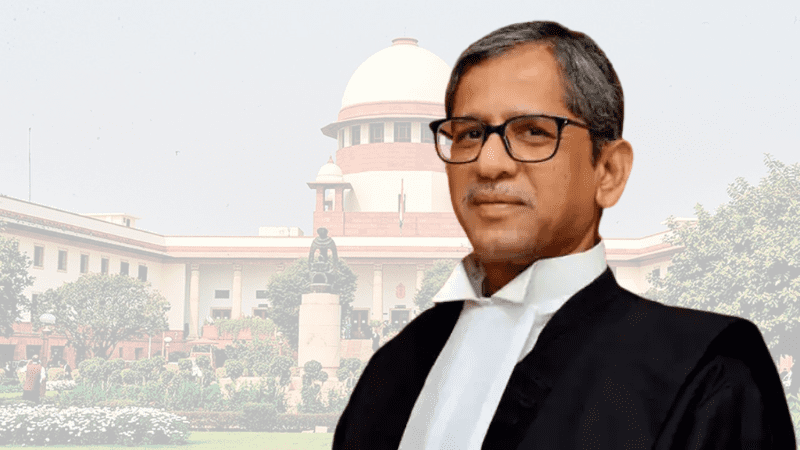

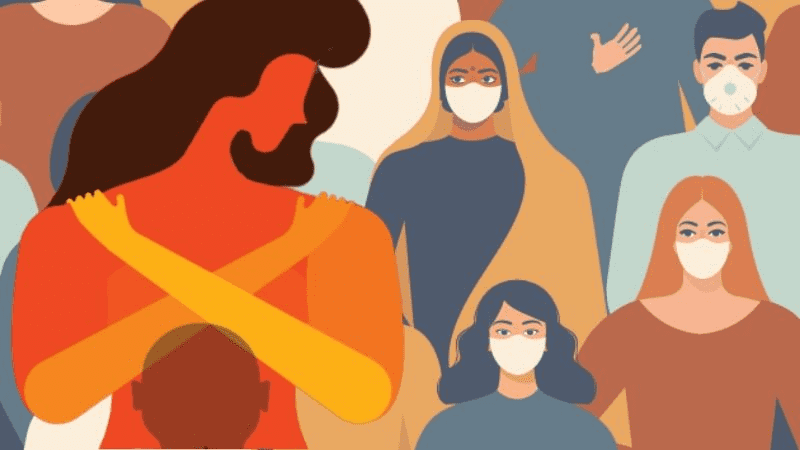

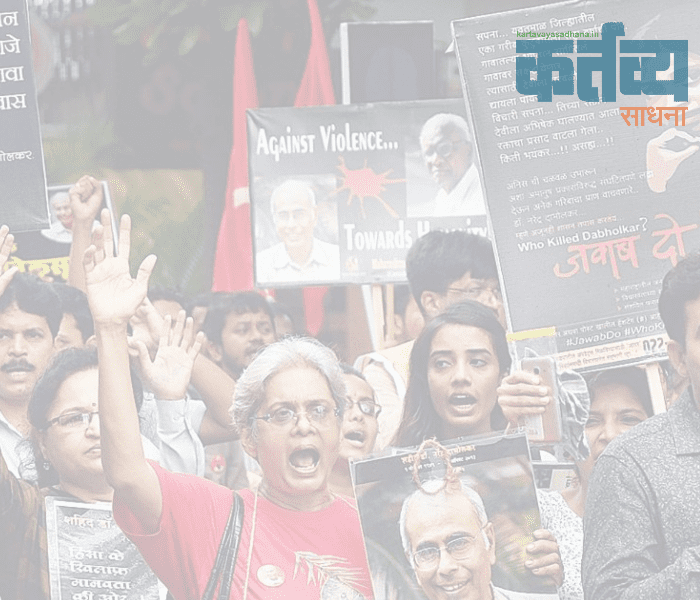

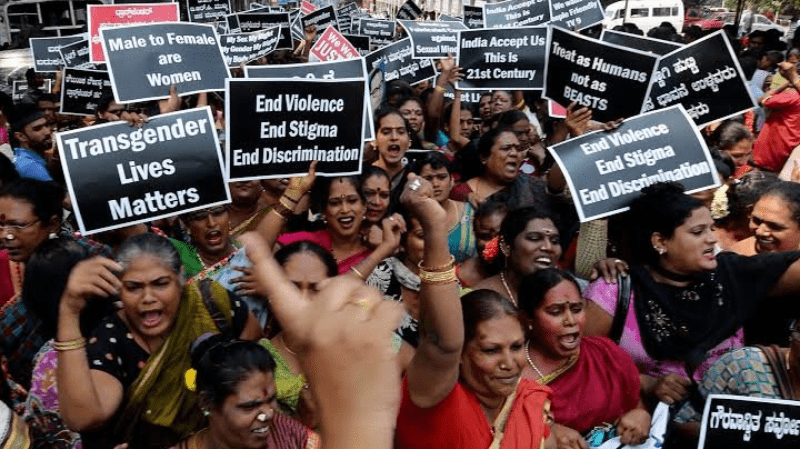
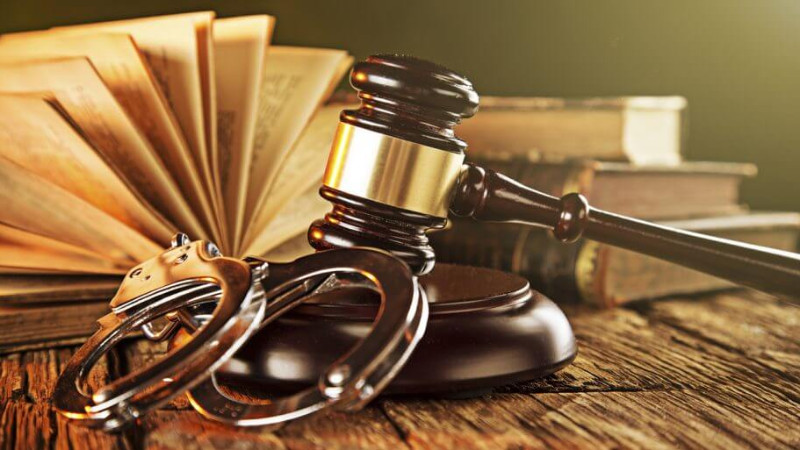
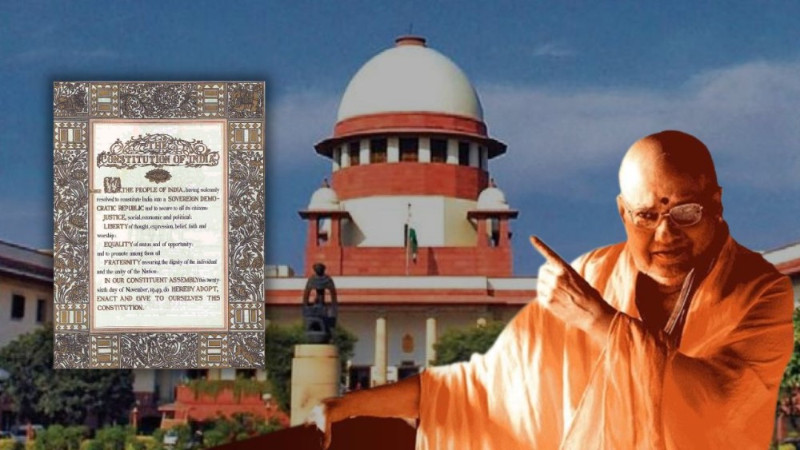
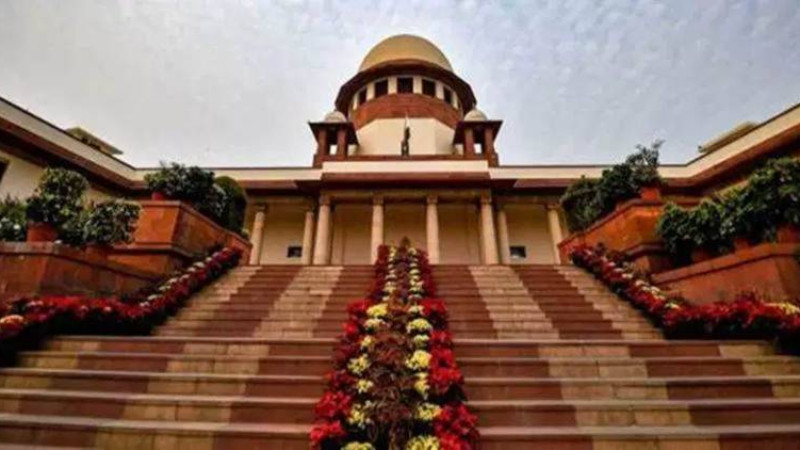
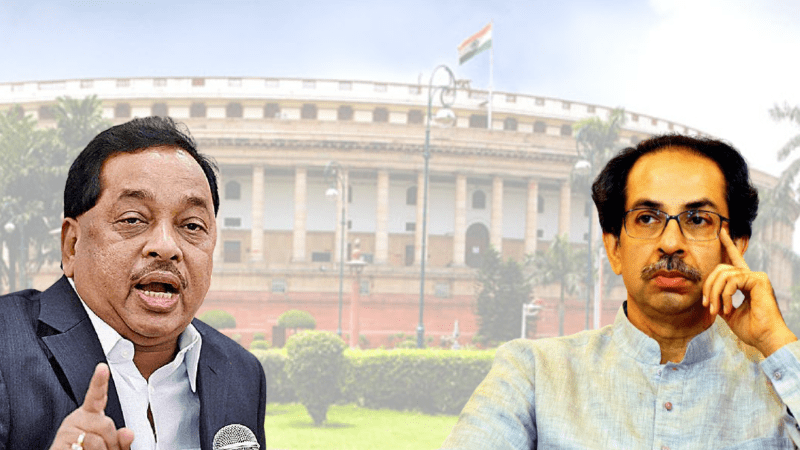
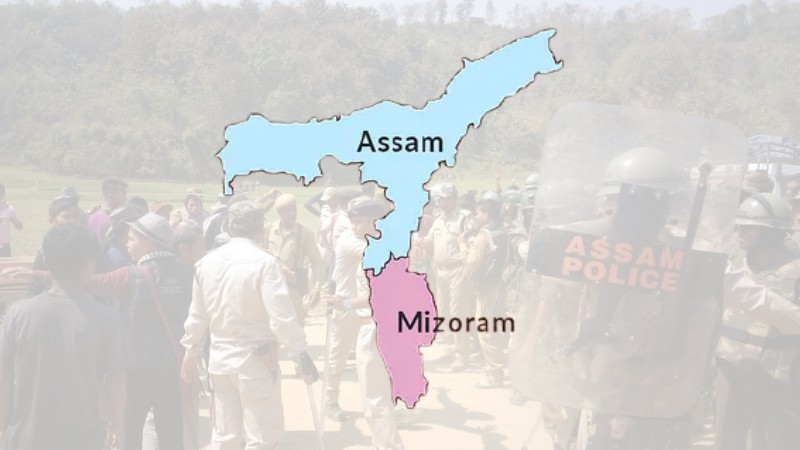


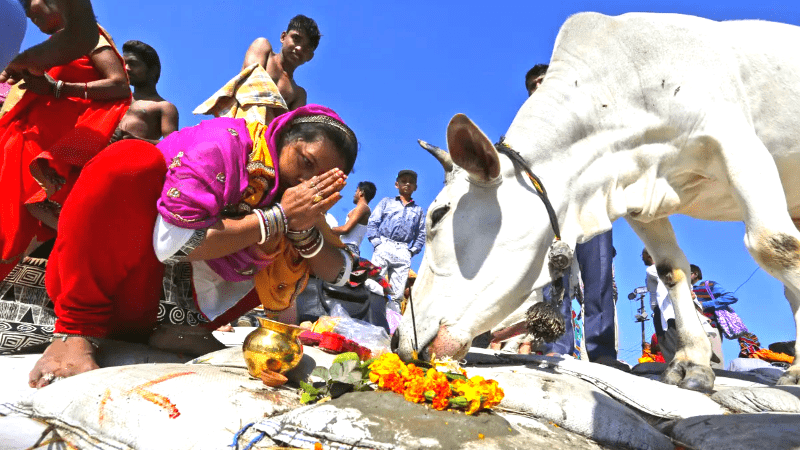

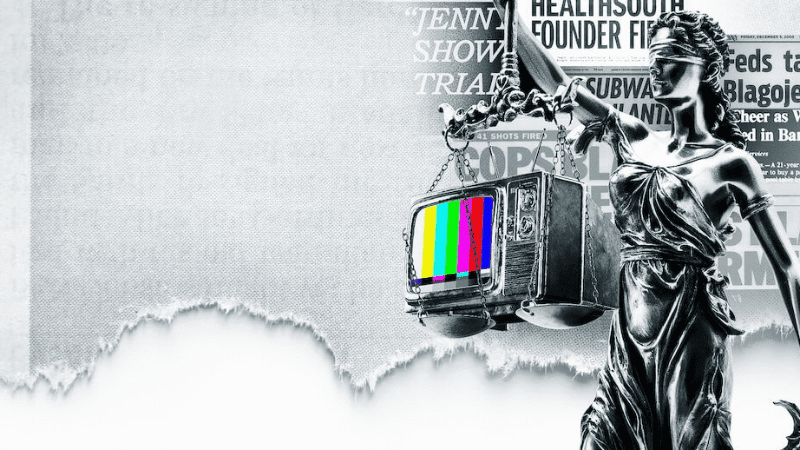
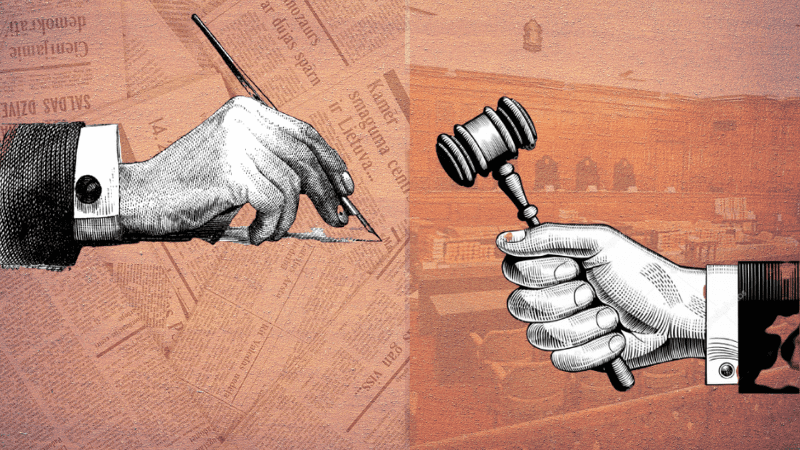


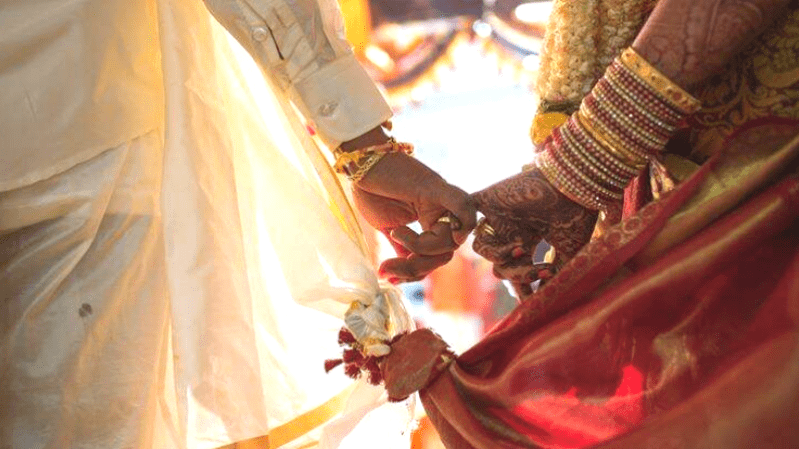

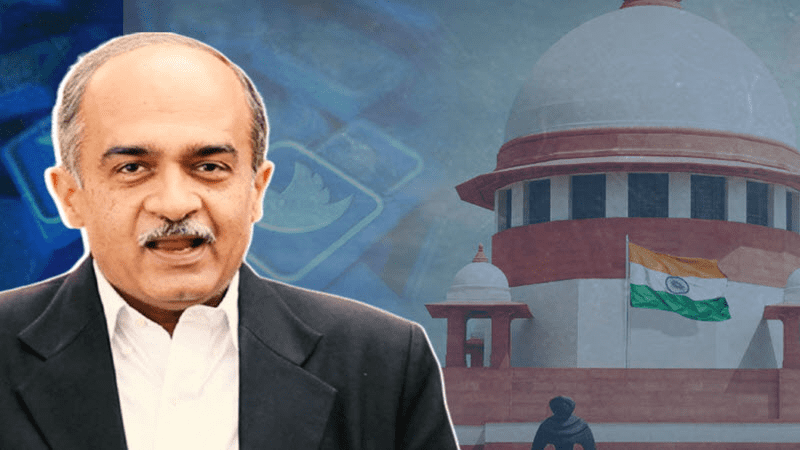

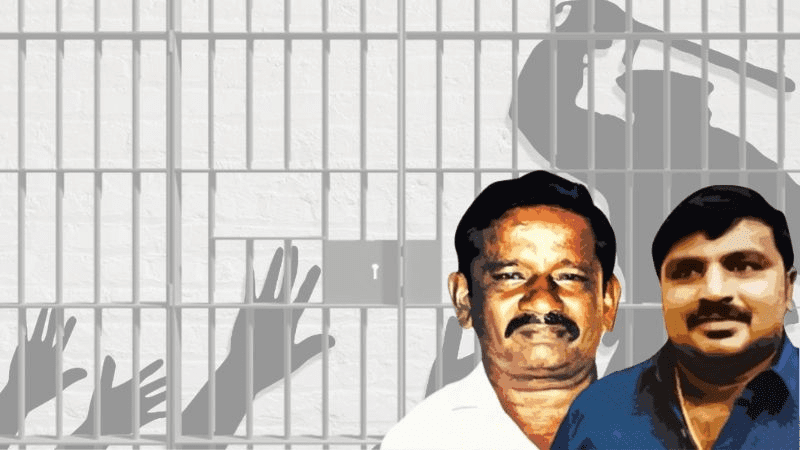
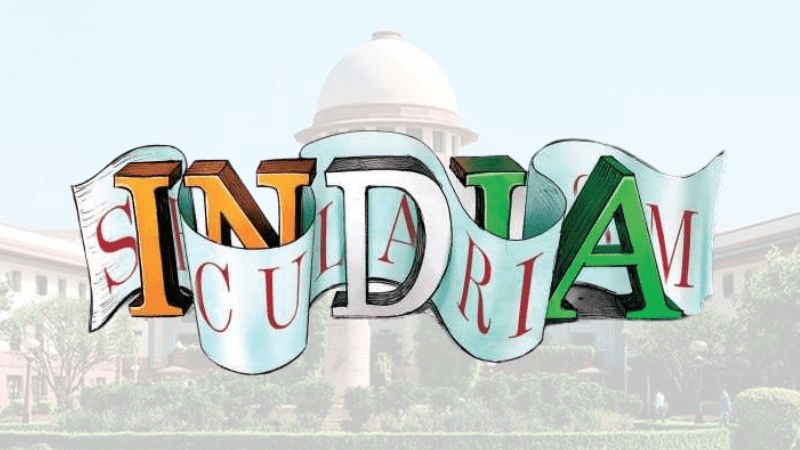
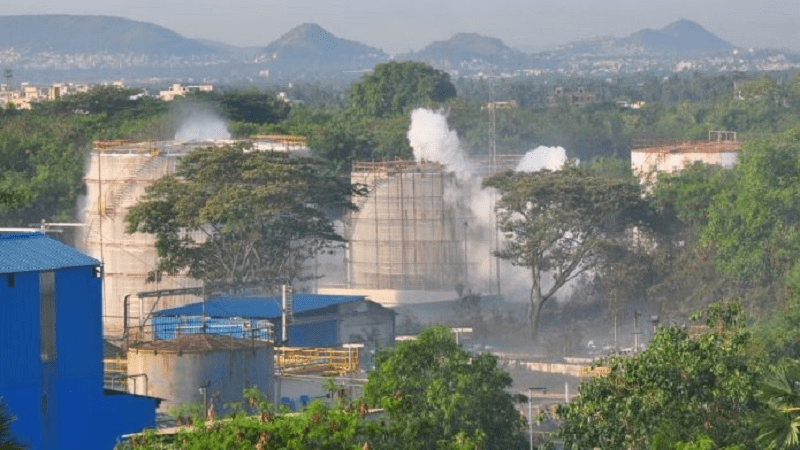
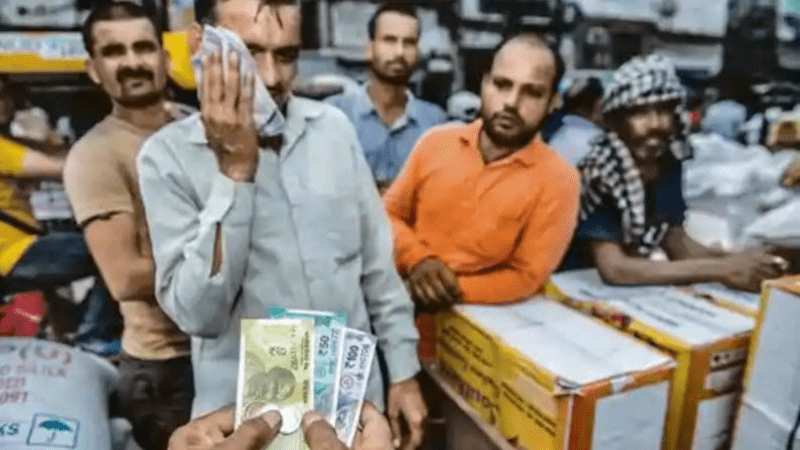
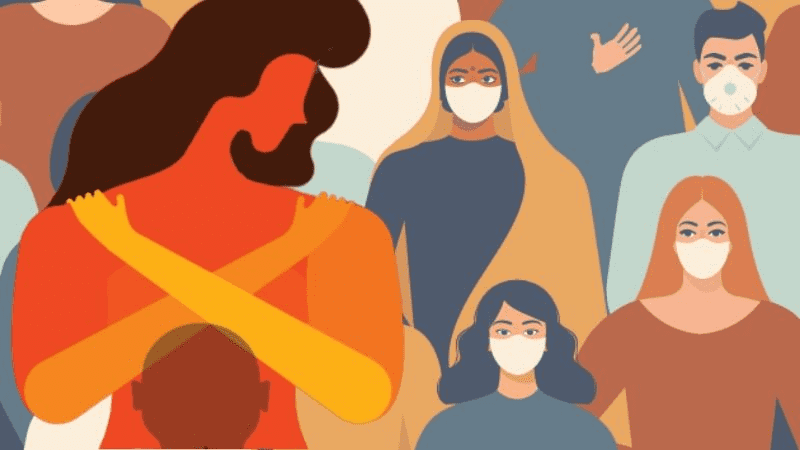
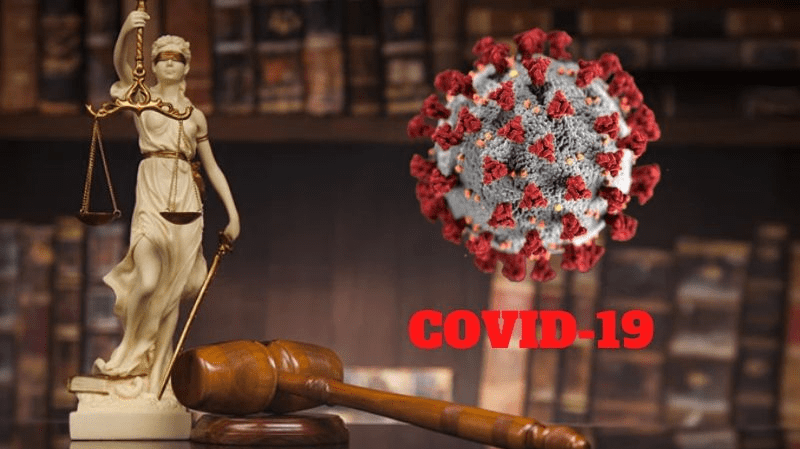

























Add Comment